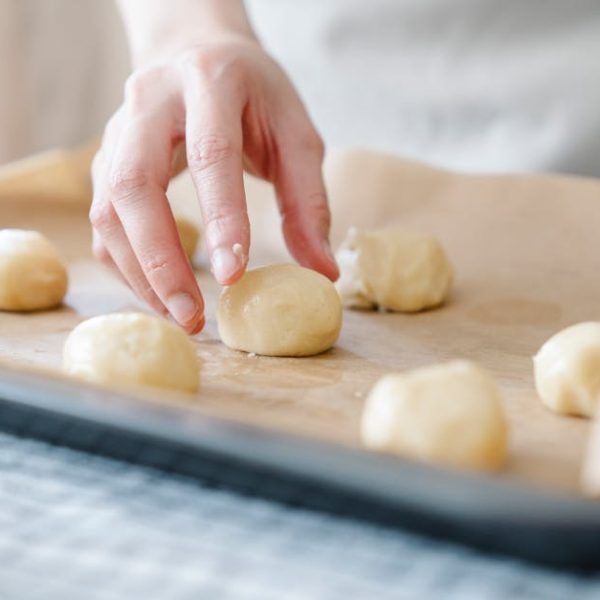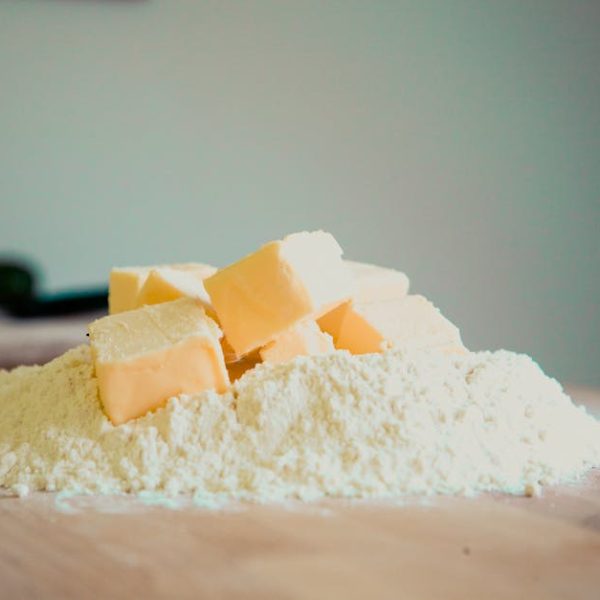Bread, a universal staple found in nearly every household, has its tricky aspects – mainly regarding its freshness and storage conditions. Understanding these can make a world of difference in the flavor, texture, and overall enjoyment of your loaf.
Factors Influencing Bread Freshness
Several factors interact to determine how long your bread stays fresh and enjoyable. The type of bread is a main player in this equation. For instance, baguettes stay fresh for only about a day, while a sourdough boule can last nearly a week with the right care. The ingredients in the bread also significantly affect its shelf life. Breads with preservatives tend to last longer, while organic, preservative-free loaves may stale faster.
The baking process, specifically how long and at what temperature the bread is baked, also influences its staying power. Lastly, and perhaps most importantly, the storage conditions after baking can make or break your bread’s freshness.
- Bread type
- Bread ingredient
- Baking process
- Storage condition
As a best practice, try to consume fresh bread quickly, keep it in a cool, dry place, or freeze bread that won’t be used immediately to lock in its freshness.
Understanding Bread’s Shelf Life
On average, store-bought bread, like your typical white or whole grain loaf, can last some 5 to 7 days at room temperature. Sourdough, given its unique fermentation process, can stay fresh up to a week or slightly longer.
A good sniff often tells you all you need to know about your bread’s freshness. A sour or off smell is a telltale sign that your bread is past its prime. Stay vigilant for changes in texture, such as hardening or toughness, and any visible mold.
Tips to Keep Bread Fresh for Longer
To ensure your bread’s maximum shelf life, consider freezing it, especially if you won’t consume it within a few days. A breadbox can also conserve freshness nicely by balancing air circulation and humidity.
Here’s a digestible checklist to prolong your bread’s freshness:
- Don’t cut the bread until use
- Store in a breadbox or airtight container
- Avoid refrigeration
- Freeze for long-term storage
Remember, the ideal temperature to store bread is at room temperature (about 20°C or 68°F), which helps prevent the moisture loss and staling that comes with refrigeration.
Common Myths about Bread Storage
One common misconception about bread storage is that refrigeration keeps it fresh, when in fact, it often leads to quicker staling. The cold temperature expedites the retrogradation of the starches, causing the bread to harden and lose its freshness. Similarly, leaving bread in its original plastic bag may cause it to turn soggy due to condensation.
The choice of your bread storage method has its own merits and flaws. While refrigeration extends the spoilage timeline, it compromises the texture and taste by speeding up staling. On the other hand, storing bread at room temperature well can retain its quality, but it would require proper ventilation to prevent molding.
As a pro-tip, keep in mind that the refrigerator is best saved for bread that is teetering on the edge of spoilage, to delay the onset of mold and waste.
Unconventional Bread Storage Ideas
While conventional methods of storing bread like breadboxes or airtight containers are practical, they’re not the only effective ways to maintain freshness. For instance, a clay bread cloche offers a controlled, sturdy and naturally non-stick environment for storage, helping maintain the bread’s moisture without causing sogginess. Similarly, using a microwave oven to store bread might seem unconventional, but it can surprisingly keep bread fresh by shielding it from air and moisture.
Comparing these unconventional methods to regular ones, it’s essential to mention that they might require additional time or resources, like the initial cost of obtaining a clay cloche. However, they might prove more effective in the long run in maintaining freshness compared to conventional methods. These unconventional methods, just like traditional ones, should be adapted considering the humidity, temperature of the environment and type of bread.
The best bread storage hack is to adapt according to your needs and circumstances. If you live in a dry, arid area, an airtight container or bread cloche can help retain moisture; if you live in a more humid climate, ensure good ventilation for your bread to prevent rampant mold growth. Understanding your bread and its interaction with your environment helps tailor a storage solution that works for you.
Remember, amidst all these methods and tips, the goal is to enjoy your bread in its prime state, befitting your favourite sandwich or humble toast. A little forethought and care in handling your bread can guarantee a delightful, fresh bite every time. Happy bread-saving!
Key Takeaway:
- The freshness and storage of bread are influenced by factors such as the type of bread, its ingredients, the baking process, and the storage conditions after baking.
- The average shelf life of bread varies but it generally lasts for about a week. Monitoring the smell and texture can help determine if the bread is past its prime.
- To prolong the freshness of bread, it’s suggested to consume it quickly, store it at room temperature, and freeze leftover bread.
- Though refrigeration can extend the spoilage timeline, it compromises the bread’s texture and taste, accelerating staling. Bread storage in its original plastic bag may also cause it to turn soggy due to condensation.
- Unconventional methods for bread storage, such as a clay bread cloche or microwave storage, can maintain freshness. Depending on the local environment and type of bread, these methods can be more effective than traditional ones in the long run.
Enjoying freshly baked bread is truly one of life’s simple pleasures. By understanding the factors influencing bread’s freshness and staying informed about optimal storage practices, you can greatly prolong the life of your bread while maintaining its taste and texture. Always remember to store it in a way sensitive to its type and your environment, and you’ll enjoy your favourite loaf to the last crumb.
FAQs
Q: If I pre-slice my bread, will it affect its freshness?
A: Yes, pre-slicing your bread may cause it to dry out faster due to more surface area exposed to air. To maintain freshness, it’s advised to slice your bread just before you eat it.
Q: Can I store bread in the oven to keep it fresh?
A: Yes, you can store bread in the oven to maintain its freshness. The oven acts as a barrier, protecting your bread from exposure to air and moisture.
Q: What is the optimal temperature to store bread?
A: The ideal temperature to store bread is at room temperature (about 20°C or 68°F), which helps prevent the loss of moisture and staling.
Q: Does the type of bread affect its shelf life?
A: Yes, different types of bread have different shelf lives. For instance, baguettes stay fresh for about a day, while sourdough bread can retain freshness for up to a week or more.
Q: Is it a good practice to freeze bread to prolong its freshness?
A: Absolutely, freezing bread you won’t consume immediately is a great way to lock in its freshness. Ensure to wrap it securely to prevent freezer burn.
Don’t forget to share this article with your fellow bread lovers and explore more informative posts on our website! Enjoy your fresh, delicious bread.






